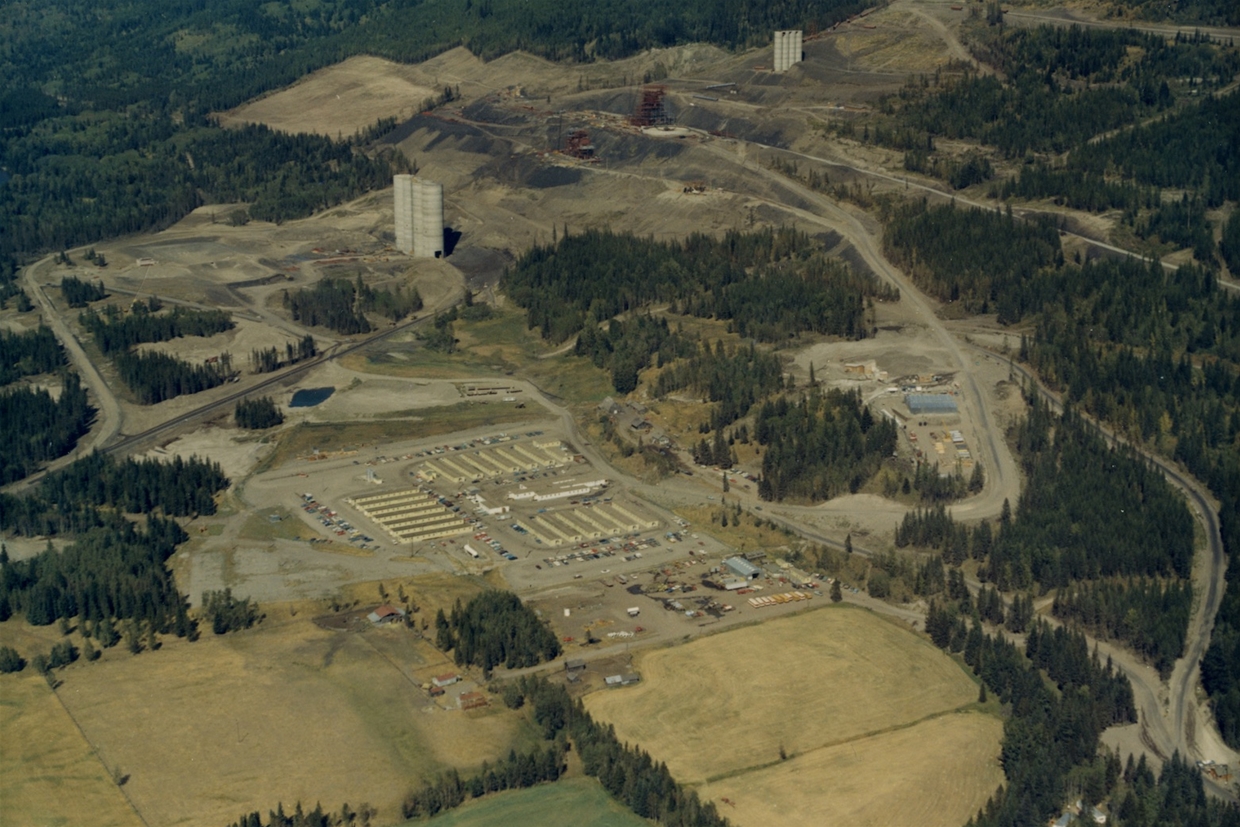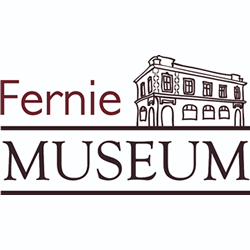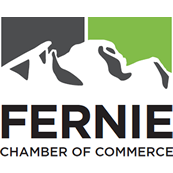History | A recent history of mining
At first glance, the Elk Valley is a quiet mountain location offering abundant recreation and access to wildlife. Dig a little deeper, and it’s clear that this region is thriving not only due to the lifestyle it offers, but also thanks to the industry that has shaped every aspect of life in the mountains.
For over one hundred and twenty years, coal mining has quite literally been the bedrock of life in the Elk Valley. Communities have risen up and faded away, roads and rail-lines have been built, societies and support networks created; all thanks to the coal mining activity. Local culture has been founded on a diverse workforce that includes decades of immigration from around the world including Indian Sheiks, Chinese, Italians, British and Eastern Europeans, and many others. With a total population of around 11,000 spread over 75 km, the entire Elk Valley barely approaches the population of many of Canada’s smaller towns and yet it contributes significantly to the Canadian GDP and has one of the most active housing markets in the province.
The largest community — Fernie — was founded in 1904 around the same time that The Crow’s Nest Coal Company headquartered itself centrally between its three main mining operations of Carbonado (Morrissey), Coal Creek and Michel. All three underground mines have long since ceased operations, and mining is now focused on the North-eastern half of the valley, from Sparwood to the area north of Elkford. Five mines are currently in active operation; the TeckElkview Mine that includes the area where the Michel mine was situated near Sparwood, Coal Mountain (which will cease operations in 2019) and Teck Line Creek, Greenhills, and Fording River mines around Elkford. Coal produced in the Elk Valley is highly valued in the global steelmaking industry. The majority of the production is sent via rail to the BC’s west coastand then shipped overseas. The coal trains that can be seen and heard rumbling through the valley operate 24 hours a day, 365 days per year.
Mining in the Elk Valley became more stable in the 1960’s with a move towards open pit extraction following half a century of fluctuation in the industry. In 1968 J. Edgar Kaiser negotiated the rights to a large portion of the current Elkview Mine and formed Kaiser Resources Ltd. which led to a new era of prosperity in the Elk Valley. Several neighbourhoods in Fernie were developed at this time, Sparwood was founded in 1966 to replace the recently closed community of Michel, and Elkford was founded in 1971.
Throughout the 1970’s and ‘80’s, a variety of operators became involved in the industry including Fording Coal Ltd., Esso Resources and Shell Canada. The 1990’s were a challenging time beginning with the infamous 1991 bankruptcy of Westar Mining, formerly known as Kaiser Resources. Teck Cominco reopened Westar as Elkview Mine in 1991 and Fording Coal reopened Westar’s Greenhills Mine in 1992. In 2004, the Elk Valley Coal Partnership brought all 5 operational mines together into an efficient and streamlined industrial force with Teck acquiring full control of all interests in 2008.
As the second largest seaborne exporter of steelmaking coal in the world and Canada’s largest diversified resource company, Teck is a significant international organisation representing the Elk Valley across the globe.
Steel produced with Elk Valley coal is used in healthcare, transportation and manufacturing, and is essential in everyday items like computers, phones and household appliances. With over 40 years of available resources at current sites, several new potential sitesundergoing Environmental Assessments, and new companies including North Coalemerging, the future prosperity of the industry — and the Elk Valley — looks very bright.

Featured: Featured Artists | The Fernie Arts Co-op
The Arts Co-op is a retail gallery in Historic Downtown Fernie featuring over 50 artists.
Learn More




